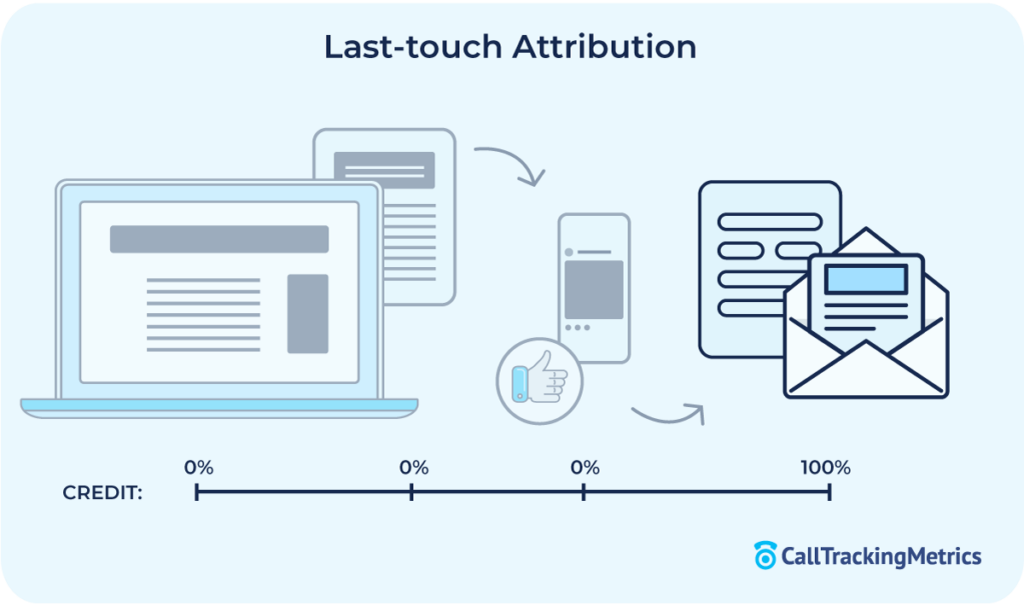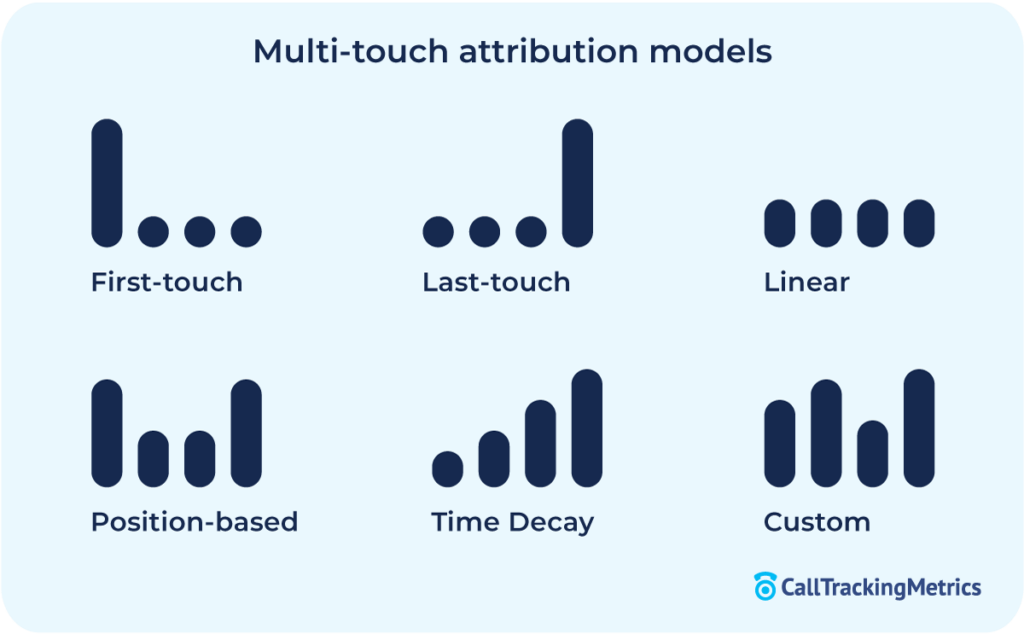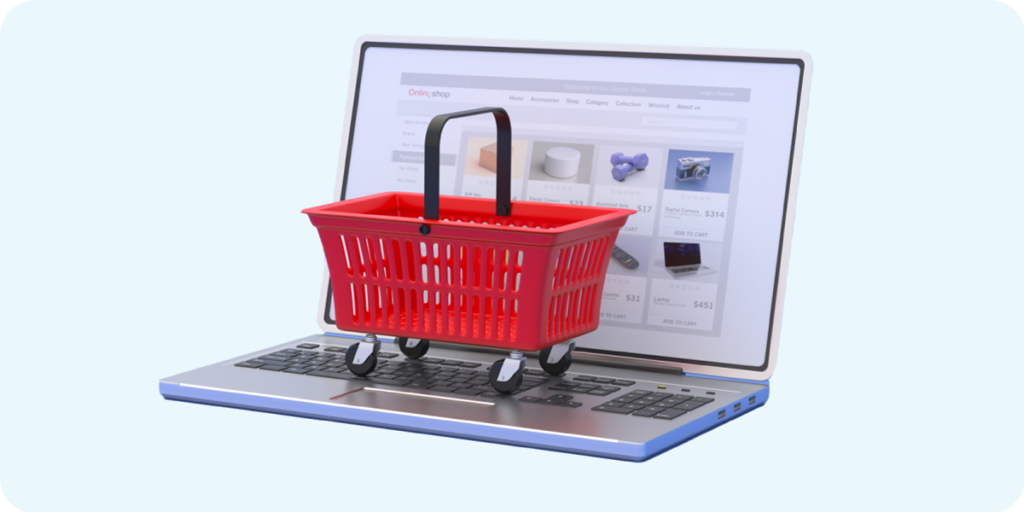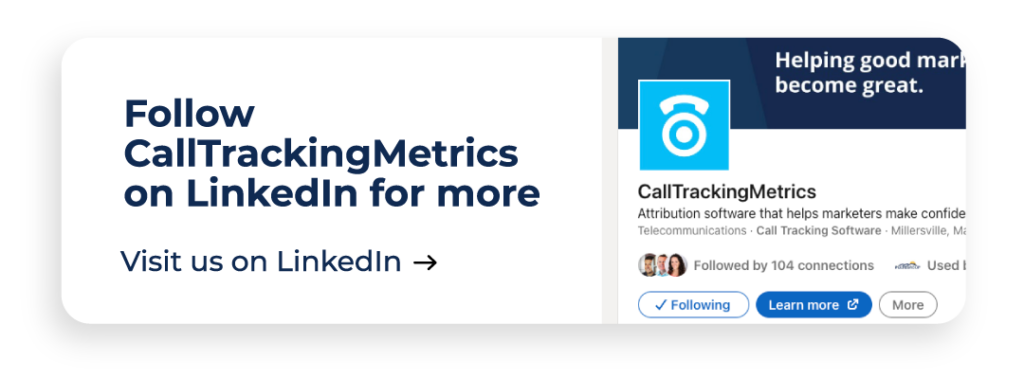Last-touch Attribution: Get the Scoop
Last-touch attribution is a type of marketing attribution that connects a conversion to the last place your customer engaged with your brand. Whether that be a paid ad, social media, or even a billboard, last-touch attribution gives full credit for a click or impression to that engagement.
Last-touch attribution models are tried and true attribution models. They began in the 1950s (think Mad Men and Jon Hamm) with the onset of marketing mix models (MMMs).
MMMs, which became very popular in the 1980s, are used to assess how each of your marketing efforts contributes to conversions and sales.
Back in the day, this approach was a go-to–and one of the only options. However, today’s customers’ journey needs an updated approach that includes attribution for all online and offline activity. This necessitates using more than just one type of marketing attribution model.

Last-touch attribution is similar to first-touch attribution because it gives credit or weight to just a single touchpoint. First-touch attribution (as the name implies) gives full credit for a conversion to the very first place your customer interacted with your company.
No matter how many touchpoints there have been, only one will get credit in a model like last touch. Multi-touch attribution models, on the other hand, give credit to different touchpoints along the customer’s journey. Depending on which model you use, the credit given to each touchpoint can be different.
Comparing various types of attribution models helps you better understand your ideal customer, their pain points, and their buying behaviors.
Understanding Your Buyer’s Journey
It’s important to understand not just what made your customers take action, as last-touch attribution reveals, but also what their journey from their first engagement with your brand to their last looks like. Multi-touch marketing attribution makes this possible and helps you to better understand your customer’s story. There are times when using multi-touch models is important and other times when using single touchpoint models, like last-touch, makes more sense.

Last-touch attribution offers benefits for marketers and insight into what’s making their customers take action. And action, after all, is the goal so it’s vital to know which of your ads, campaigns, and channels are driving the most action–and which aren’t. This information supports marketing and sales efforts and helps teams to maximize their budgets. But that’s not all last-touch attribution does.
4 Facts about Last-touch Attribution
As mentioned, this type of attribution looks at the last place a person interacted with your brand before they took action. This information helps marketers and sales teams accomplish a few goals. These include:
- Fine-tuning CTAs
Last-touch attribution helps you determine which CTAs made your prospects and customers take action. When you have a comprehensive look at all of your campaigns and ads (you can add call tracking to your attribution strategy for offline activity) you’ll know which CTAs send the most leads and which send the most valuable leads.
- Refining lower-funnel messaging
The bottom of the funnel or lower-funnel messaging is the content that your customers are interacting with when they are ready to make a decision or purchase. This is also referred to as the ‘Decision’ stage of a buyer’s funnel.

The content at this final level is vital to get right–if you want them to convert. With last-touch attribution, you’ll be able to see the types of content, channels, keywords, and messaging that convert more of your higher-value customers. You can then replicate this content on other channels that may not be performing as well.
This will help you attract more customers at the right time with the right message.
3. Optimizing ad spend
Everyone wants to stretch their marketing dollars and do more with less today. Last-touch attribution contributes to doing that. When you know which ads your customers are clicking on and which they aren’t, you can focus your ad spend where it’s working–and pull back on what’s not.
This helps teams to stop wasting money on ads that are underperforming and maximize the best-performing ones. When you use multi-touch attribution you get even more insight into all of your customer’s touchpoints and all of your marketing efforts enabling you to get a clear picture of what’s working across the entire buyer’s journey, not just the last step. Adding call tracking to this, as mentioned, brings in all offline activity as well as gives you closed-loop attribution for all of your campaigns and efforts.
4. Personalizing interactions
There’s nothing worse than having to repeat the same information over and over to one agent after another. With last-touch attribution, agents and sales teams can see the last place the customer interacted with your brand. This empowers teams with insight into the customer or prospect and why they are calling.
Agents can see the last ad the person was viewing before they reached out giving insight into why they are calling. So instead of offering a PPC specialist information from your marketing agency about video production, your salesperson or agent will know they downloaded your eBook ‘How to Maximize Paid Ad Spend’ and be able to immediately offer relevant, helpful information.
Last-touch attribution may be less popular today than in the 1980s, but it still has its place and can provide valuable information about what’s making your best customers take action and engage with your brand.
Learn more about closed-loop marketing attribution and how it can support your marketing and sales teams.
